The spectacular Palm Cockatoo: Iron Range, Cape York Birdwatching Safari Martin Maderthaner
Estimated reading time: 6 minutes
Are you a keen birdwatcher? If you are you’ve probably dreamed of going to Cape York and the Iron Range to see the remarkable suite of endemic birds that live there — like the Palm Cockatoo (the largest cockatoo in the world!). But how do you get there?
How to get to Cape York….solved!
We put a team of top bird guides together to design what we’ve called our Cape York Birdwatching Safari — and it is remarkable in every way you could imagine. Check out the itinerary here. Like all great tours, success all comes down to birding skills, planning, location and timing.
But the most important ingredient is a great guide
How our guides designed our Cape York birding safari
Martin Maderthaner, Echidna Walkabout’s senior bird guide, wanted to design a birding trip that encapsulated everything that Cape York has to offer in the way of birds and much more.
Drawing on his long experience as a wildlife safari guide in Africa, he wanted the trip to have a similar feel to a top quality African safari, where every participant has access to a window seat and group sizes are small enough to ensure each person “sees the bird”.
He also wanted our guests to explore one of Australia’s most spectacular and unusual wilderness locations — the Iron Range (Kutini-Payamu National Park). Enticing is the best way to describe Martin’s introduction to this part of the itinerary:
“We have three full days to uncover the diversity of this wonderful national park and biodiversity hotspot. Taking our time we visit a mosaic of habitats – lowland rainforest, towering riparian / gallery forest, tropical woodland, drier heathland on rocky ridges, mangroves and stunning palm-fringed beaches overlooking islands in the Coral Sea…..”
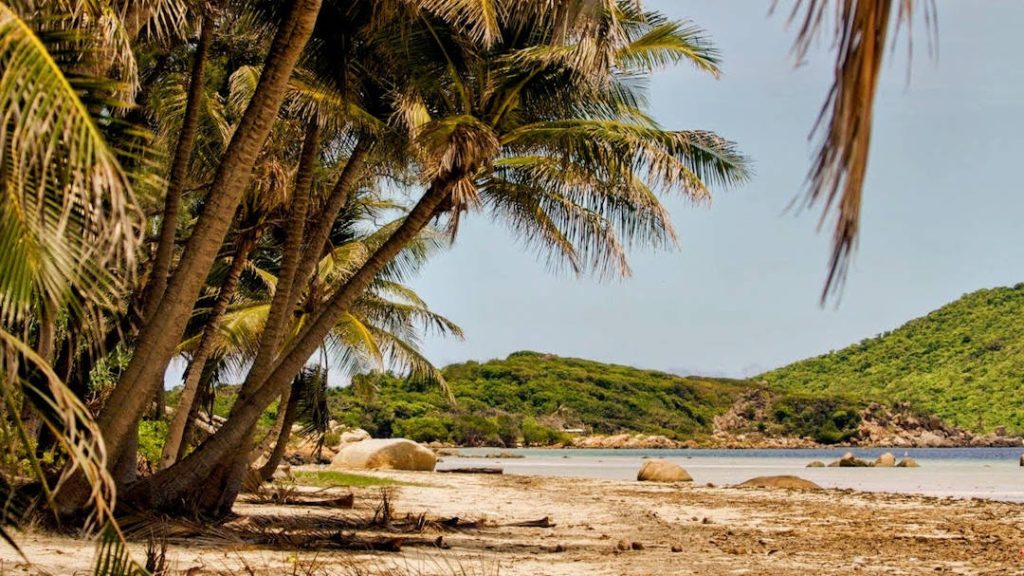
Most importantly the guides for this trip had to be experts who know birds and where to find them but who also have a deep knowledge of wildlife generally — because Cape York also has lots of non-bird wildlife that is unique to northern Australia.
So Martin headed off to Cape York and spent weeks working out routes, accommodation and best birding locations.
Then he sat down with Tim Dolby and Scott Roberts — who both work for Echidna Walkabout — and the three of them came up with a plan. Tim is a full time bird guide and well known for his birding skills and books about finding birds and Scott is a master tour strategist with a broad knowledge of birds.
After more than a year in the planning Martin came up with an exceptional tour that draws on over 70 years of combined birding experience between himself, Tim and Scott.
The trip was launched last year and met with immediate success when it booked out. Martin then arranged more departures and they are filling fast.
We have two trips in August this year with only 1 seat available on each trip.
Bookings close soon so get in early. You can read more about the trip and secure your spot here: Cape York Birdwatching Safari
If you can’t join us this year, book your Cape York trip for next year!

Discover the birdlife of Cape York including the Iron Range
Join our expert bird guides on our 7 day Bird Watching Safari. Explore the wild and remote Cape York Peninsula
Window seating in comfortable and spacious 4×4 vehicle
Kutini-Payamu (Iron Range) National Park and Rinyirru (Lakefield) National Park
Endemic and near-endemic Cape York birds and other wildlife – Golden-shouldered Parrot, White-streaked Honeyeater, Palm Cockatoo, Eclectus Parrot, Red-cheeked Parrot, Yellow-billed Kingfisher, Frill-necked Monarch, Trumpet Manucode and Magnificent Riflebird, Black-backed Butcherbird and much more.
Conservation Travel with Citizen Science projects included
Read more:
A Rainforest Dove of Far North Queensland: “I looked up, and finally, I saw her. My first Wompoo Fruit-dove Ptilinopus magnificus. She was watching me with her big red eyes. I was intoxicated.” A story by Janine Duffy with lots of information about this incredible kaleidoscope of colour that makes the most unusual call (listen to it in the story).
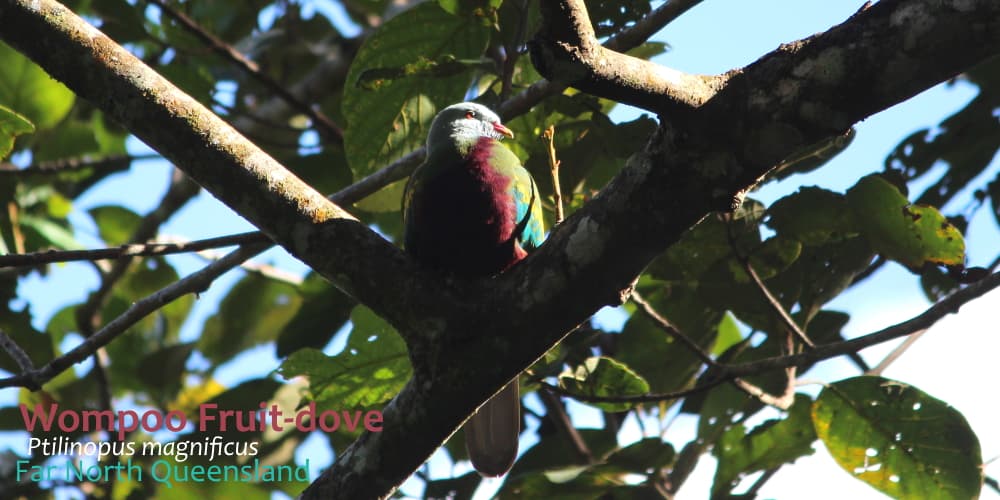
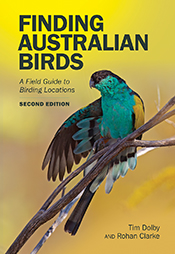
Tim Dolby book: Finding Australian Birds (with Rohan Clarke). Covers over 400 birdwatching sites conveniently grouped into the best birding areas.
Buy from CSIRO publishing
Five ways conservation travel empowers you and helps save animals Like all our wildlife tours our Cape York Birdwatching Safari includes a component of Citizen Science. We document all the wildlife we see (not just the birds) both during the day and into the night. All bird sightings are recorded on eBird and our own species lists are shared with the scientific community.
Help unleash the power of Conservation Travel
Step into the future of travel. Join one of our Conservation Travel tours. An increasing number of these tours include an important Citizen Science project.
Echidna Walkabout is a Founding Member of Australian Wildlife Journeys.
We also create, guide and operate tours for Australian Geographic Travel
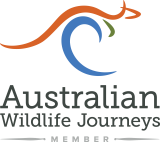
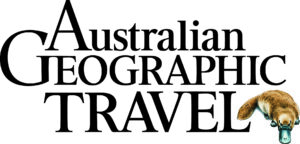




GIPHY App Key not set. Please check settings